Thai Sunrise Philodendron – Rare
Original price was: ₹3,500.00.₹899.00Current price is: ₹899.00.
2 in stock
Size: Single plants | Pot included | FreeShipping
Philodendron Thai Sunrise Care
The philodendron Thai sunrise is easy to care for as long as you keep it humid. We run all you need to know about philodendron Thai sunrise care…
Philodendron Thai Sunrise Care Summary
| Light needs: | Medium to bright indirect sunlight. |
| Watering needs: | Check weekly, water if top half of soil is dry. |
| Fertilizer: | A well diluted balanced plant feed in spring and summer. |
| Soil: | A well draining potting mix with 20% perlite. |
| Humidity: | 50%. |
| Temperature: | 18°C to 25°C (64-77°F). |
| Where to buy: | Try Jiffy Plants |
| Common issues: | Leaf crisping from low humidity, leaf browning from overwatering. |
Introduction
The philodendron thai sunrise, known for it’s striking lime green elongated leaves, is a relatively rare but in demand house plant.
See also: Philodendron Micans Care, Philodendron Mamei Care, Philodendron Splendid, Philodendron White Knight, Philodendron Jose Buono Care, Philodendron Hastatum.
Philodendron Thai Sunrise Light Needs
Medium to bright indirect sunlight is best. They will be ok back from the window, just keep an eye on the variegation, and if it fades, move them closer to the window. Be careful not to get direct sunlight on it which can burn the leaves, especially the variegated parts.
Tip: keep an eye out for revertion, if the variegation starts to fade, move it closer to the window.
How Often to Water
Check the plant once a week and water it only if the top half of the soil is dry. Tip out any excess water 10 minutes after watering so that the plant does not sit in soggy soil.
Fertilizer
In the growing spring and summer months you can feed your Thai sunrise a well diluted balanced plant feed to encourage quicker growth.
Soil
A well draining mix is ideal to avoid root rot, use a standard potting compost but add 20% perlite as a minimum. Personally I prefer a mix of equal parts compost, perlite and orchid bark.
For more on Philodendron soil see our guide on what to buy or how to make your own: Philodendron Soil.
When To Repot
Repot them in spring to refresh the soil and give plenty of room for growth over the forthcoming growing months. They can grow quite a lot in spring and summer so they need root space.
Humidity
50% humidity is ideal for getting the best out of the plant. You can spray them daily if you have low humidity levels in your home. Get a humidity meter, they are so cheap, and really helpful! They give min and max readings too which is really helpful. You want to be able to react when or if the humidity drops, as it can cause the plant to crisp up and leaves to fall.
Temperature
18°C to 25°C (64-77°F) is the ideal range for this plant. They will do well in your home as long as you don’t let them get too cold in winter.
Only logged in customers who have purchased this product may leave a review.


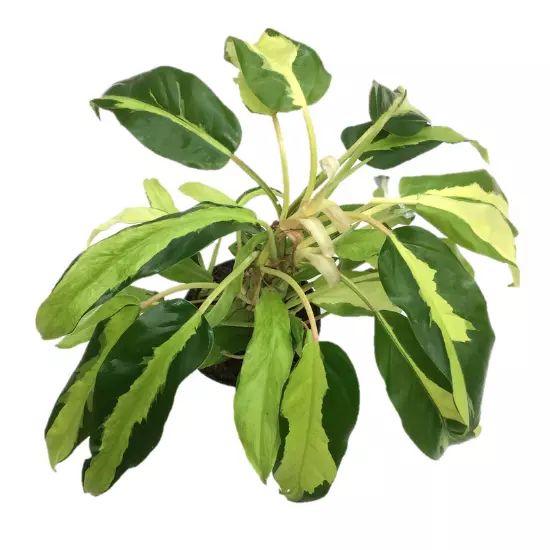
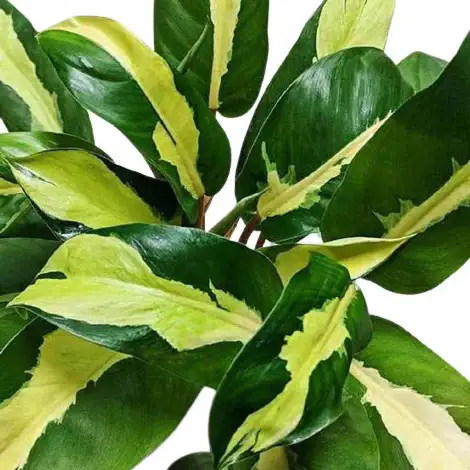

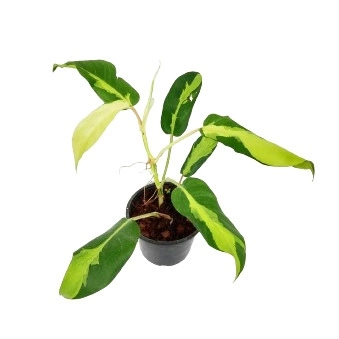
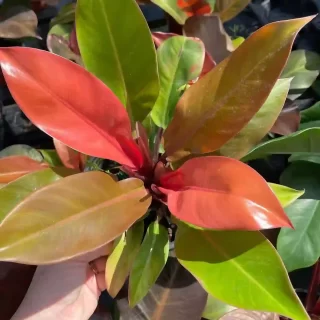

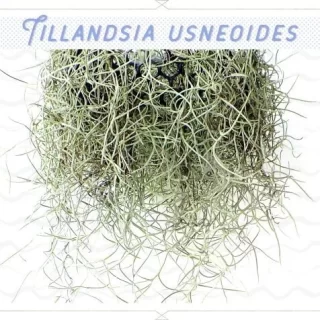
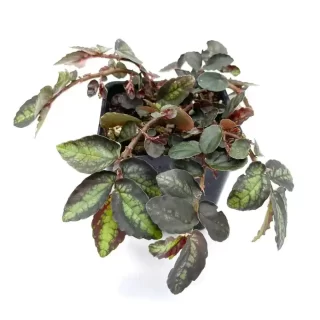
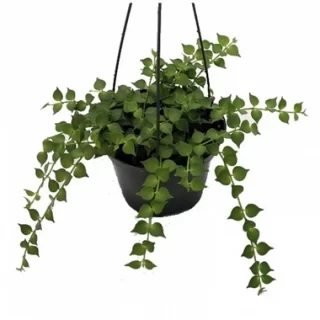
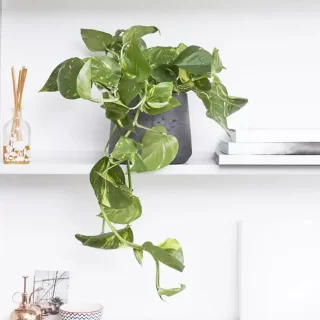
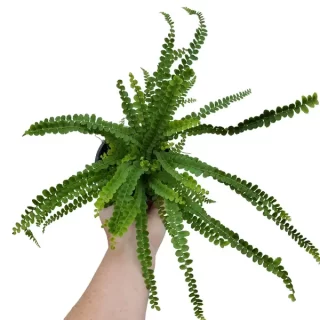
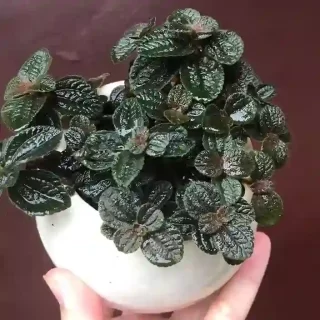
 If you need any assistance, I'm always here. Have you found what you were looking for?
If you need any assistance, I'm always here. Have you found what you were looking for?
Reviews
There are no reviews yet.